
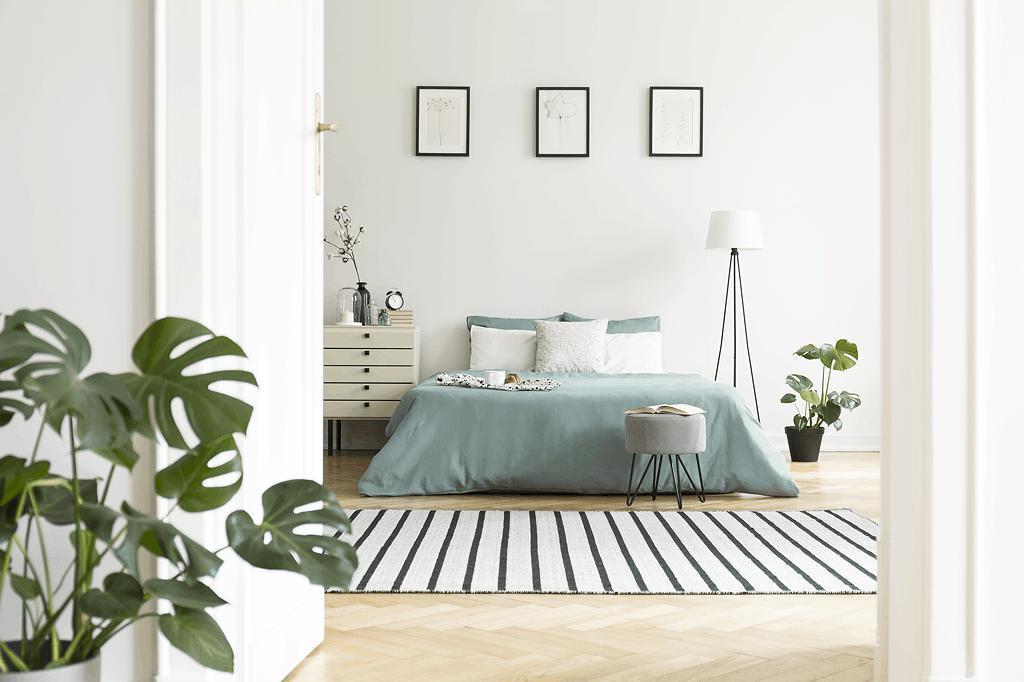
Learn the everything you need to know about hundreds of projects from throughout Australia. We’ve got the insider information to ensure that you choose the apartment, townhouse or house and land project that suits you and your lifestyle.
This is independent editorial content written by a PropertyMash Journalist. While we try to ensure all information is as accurate as possible, please double check with the developer or real estate agent directly before making a purchasing decision. The information contained within this article may be incorrect or out of date.
If you’re on any social media sites, or just happen to have visited Bunnings recently, then you’ll be aware that houseplants are ‘having a moment’. Truly, it seems like you can’t walk two metres without falling over someone’s prized succulent (named Zack) or seeing a green leaf peeking out from around a corner. You may be lamenting the fact that you don’t have a green thumb, and therefore could never have a #plantbaby for yourself. Fortunately though, having plants in the house is something everyone can do, from their teeny-tiny one-bedroom apartments or massive houses on acreage, because caring for them is ridiculously easy. We’ve broken down the most common houseplants (and how to look after them) so you can watch them thrive.
Known for their large leaves, Fiddle Leaf Fig’s are perhaps the most well-known houseplant in the age of Instagram. You can buy them at varying sizes or get a sapling and grow it to your ideal size, and most are fairly well priced due to their popularity.
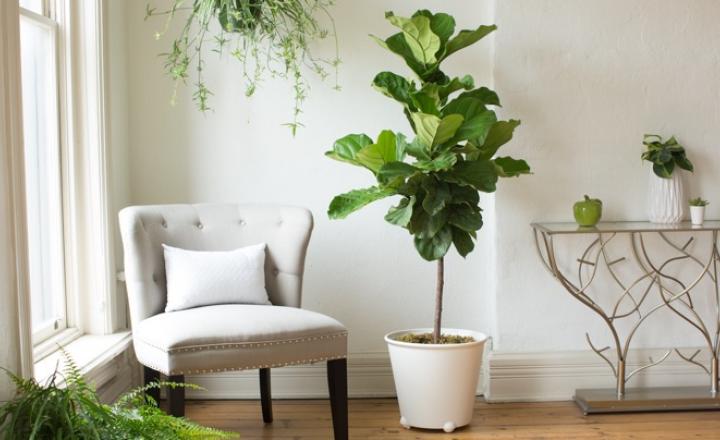
In terms of care, treat your Fiddle Leaf Fig like you would a small child (ie. give it enough attention and it’ll be fine). While they can be highly temperamental plants that just won’t cope if the conditions are not to their liking, Fiddle Leaf Figs are easier to appease than you’d think. The key is putting it in a spot where it will receive a lot, but not the full brunt of, the Australian sun. Think areas like next to the front door (if you have a window there), or near a place where an outcropping obscures direct sunlight. The best way to know when to water your Fiddle Leaf Fig is to stick your finger into the soil and only water if the soil is dry (you can apply this rule to most houseplants, honestly).
Zanzibar Gems (also known as the ZZ plant) are the right choice for people who like clean lines and highly stylish interiors. With pairs of glossy, dark green leaves sitting along the stiff, upright stems, these plants are perfect when you want to choose minimalist style planters that match with your modern decor (and you want everyone else to see how sleek and on-trend you are).
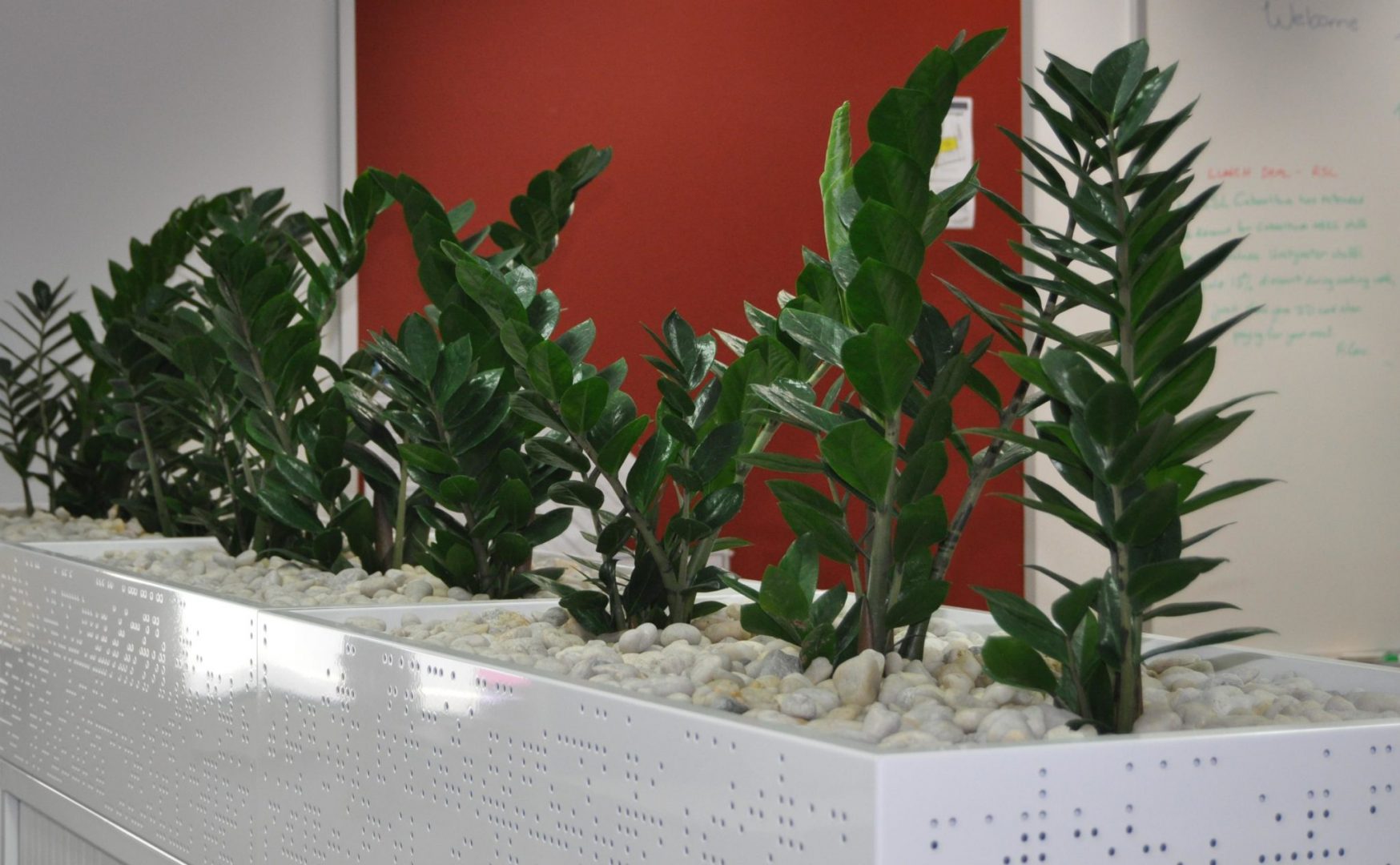
Additionally, it’s quite hard to kill these bad boys. Tolerating low light, Zanzibar Gems do best in brighter areas away from direct sunlight. On a side bench or near the lounge is a common place to find them, due to this (and their compact nature). If it’s beginning to look long and lanky, and the leaves don’t seem as firm, it’s not getting enough sun. With thick, fleshy roots, you’re more likely to drown these plants than kill them via drought, so only water them when the soil surface is dry. Wipe the leaves with a damp cloth every three or four months to ensure they stay in tip-top shape!
Known for being hard to keep alive, Orchids are a great option for people who want to add a spot of colour to a room. Fortunately though, despite all the hearsay you’ve heard, it’s harder to kill an orchid than you’d think — and just as easy to revive a dying one. There are over 22,000 species of orchids out there, from the common to super rare, so there will be something to suit your decor.

First things first: don’t throw your orchid out after the flowers die! The plant isn’t dead, it’s just getting ready to make some new flowers (which last around two months after blooming!), so the best way to look after your orchid during this time is to keep it in a place that is well-ventilated, away from direct sunlight but with lots of natural light – it seems to be a theme, doesn’t it? Stairwells and rear windows are notoriously good for orchids though, as long as they get no more than two or three hours of direct sunlight a day. Only water them when the soil is completely dry. There are tons of great Youtube videos out there about orchid care, so if you’re worried, there will be someone with a solution to your problems.
Want a tropical touch, but don’t have room for a small palm? The Madagascar Dragon Tree is a great alternative. Hard to kill and they look great in almost every part of the house, although it seems to be quite common to keep them near doorways or on benches, depending on their size.
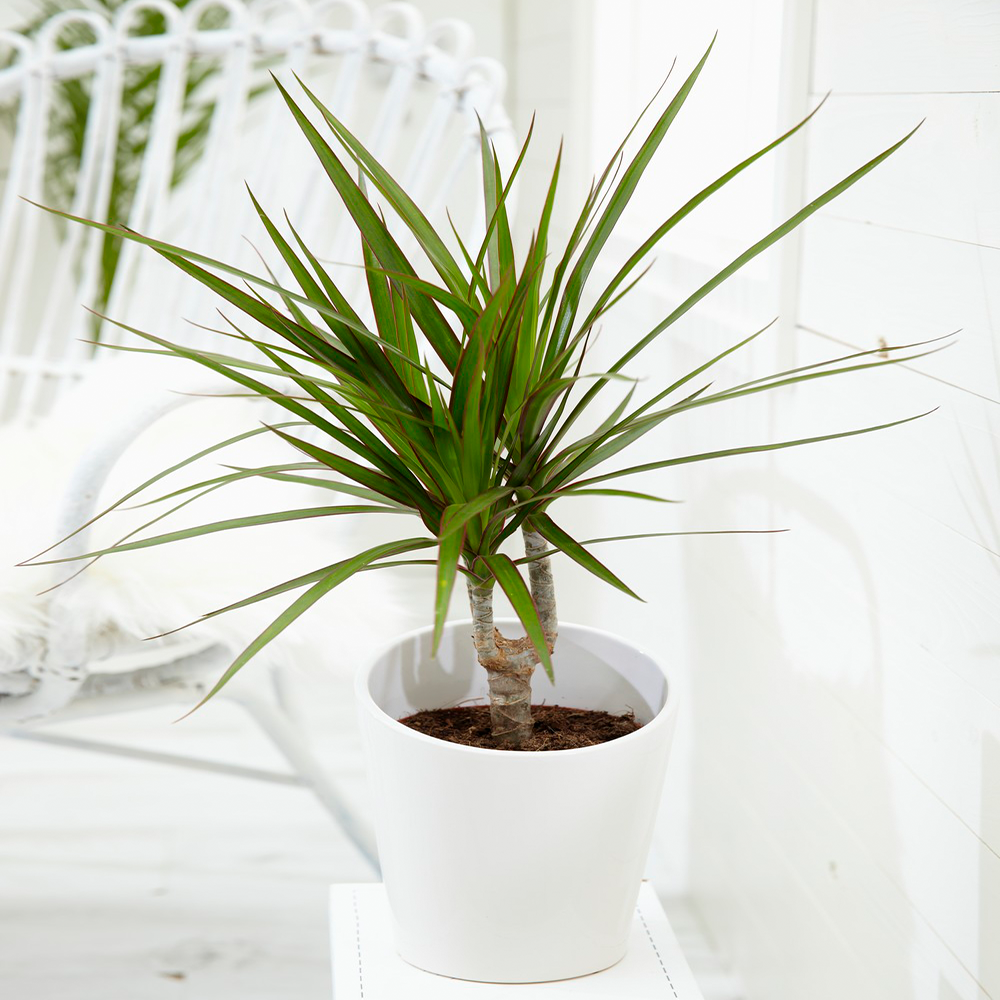
Pruning is essential in the care of these houseplants, otherwise they can start looking a bit wild. Apart from this, your Madagascar Dragon Tree isn’t likely to require much attention. Keep the soil moist by watering it every few days or once a week (basically whenever you remember), potentially more during summer, especially if you’re in Queensland. It’s also important to keep these plants away from direct sunlight, although they thrive in a well-lit room or area.
Ah, the Swiss Cheese Plant. There’s no doubt that someone you know owns at least one of these plants, and their popularity is for a good reason (on a serious note, there is a massive Instagram community that post about them. Check out #MonsteraMonday for some inspo).

These plants are maybe not best for those with limited space (sorry, apartment dwellers!), as Monsteras need room to move and grow. The bigger the pot you can get them, the better in the long run, although remember that they can be hard to move once established. A great choice for those dwelling in humidity central (so, Queensland during summer), Monsteras come from the tropics, so place them in areas where they can soak this up. Bathrooms are common as they thrive on the post-shower mist, and help to keep the area cleaner. Make sure that they have plenty of natural light, or you’ll have a massive, dead plant, and a massive, unwieldy pot.
This is the plant for people who aren’t blessed with a green thumb. Devil’s Ivy is considered second only to succulents in terms of its ability to survive neglect, so you know it’s made out of tough stuff.
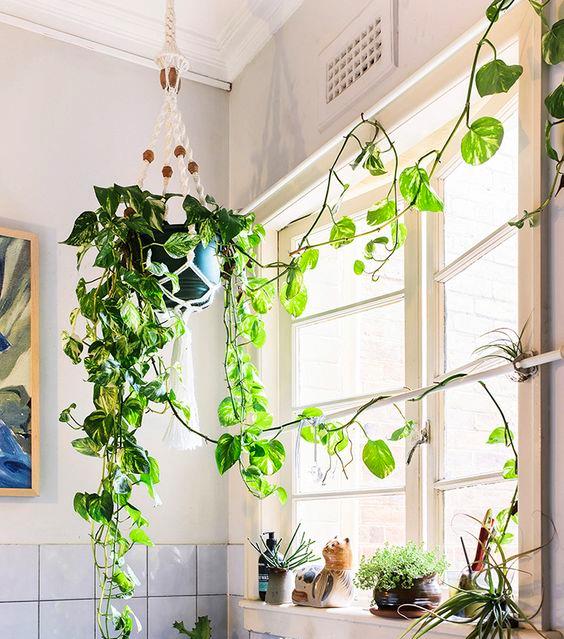
These plants can literally be placed anywhere in your home — a bright window sill? A balcony? A dark corner? Anything will go with this hardy plant. Make sure you water it regularly (every couple of days will work), as that’s what keeps it healthy. As the plant grows, you can propagate new plants by cutting off established leaves and placing them into water until they grow new roots. However, remember that Devil’s Ivy is considered a pest in some areas due to how quickly it spreads, so ensure you keep it inside and well under control.
This is for the black thumbs out there. Those that have killed unnumbered plants. The ones that make their gardener friends cry sometimes. Don’t worry, we’ve got you covered. Air plants are so easy to keep alive: you literally don’t need a pot or soil if you can’t be bothered to buy it. There are also more than 650 different species of these evergreen plants, so there’s something to suit everyone.
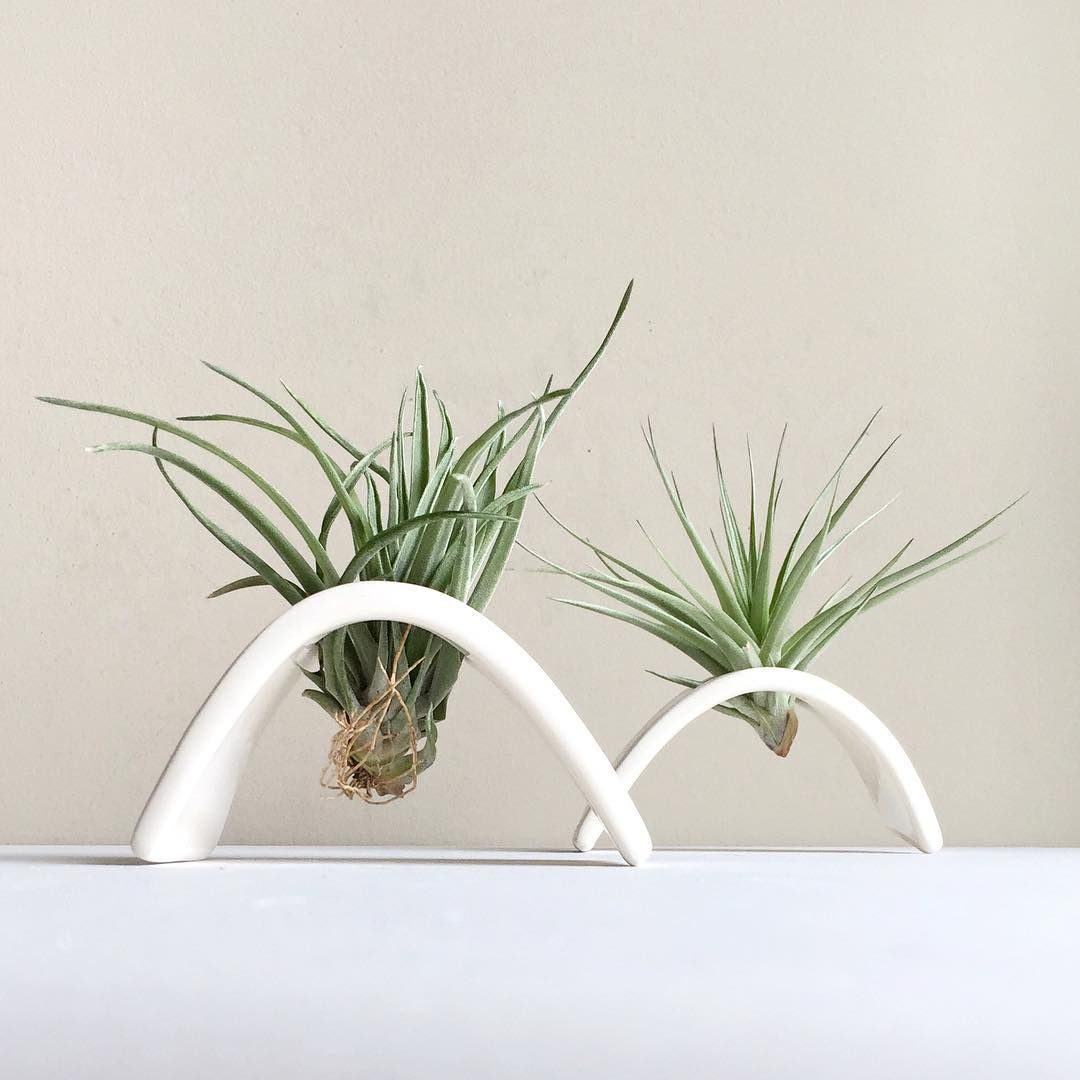
Here’s how you do it: buy the plant. Keep the plant in a well-ventilated and sunny area (bookcases and windowsills are common). Spritz with water every few days (so, once a week), maybe a little more in summer. Once every month or two (or whenever your new plant starts looking droopy), put the plant into your sink and cover with water for two-ish hours. Pull it out, let it dry, then put it back where it came from. That’s it. We challenge you to try and kill even these, black thumbs.
This is one of the few plants on this list that has lots of colours other than green in it. A favourite of apartment owners and downsizers due to its ability to survive air-conditioning, low light, heating and neglect, the Peace Lily will stay alive in most conditions. It’s also popular due to the fact that it is one of the best air purifying plants out there.

These tropical plants thrive best in indirect sunlight (in low light it may just bloom poorly). The leaves will begin drooping when it needs watering, but the plant will produce the best flowers when the surface of the potting mix is just moist. With this in mind, water your Peace Lily one a week during warmer months, and less often during winter. Be prepared for root rot if you over-water though!
Here’s a warning though: keep this plant out of reach if you have children or pets, because it can be quite toxic.
This may seem like an odd addition, but we’re calling it: pineapples will be the next ‘it’ plant. And not, perhaps, for the reasons you’d think (although the prospect of growing your own pineapple to eat is greatly alluring). It’s because NASA believes that pineapple plants improve air quality and reduce snoring. You read that right folks. The humble pineapple (although you may be calling it the fineapple after implementing this in your life) is the way to prevent your partner’s snoring from driving you crazy.
According to NASA, “pineapple plants produce oxygen and boost air quality at night, which could improve sleep quality and cut out snores”. This is due to the fact that pineapple plants photosynthesize during the night, producing oxygen to improve your sleep.

We know indoors (and in a pot) isn’t quite the conventional way to grow a pineapple, but it’s not difficult to do so. Take the top of a pineapple (about 1.5 centimetres of fruit and all the leaves) and plant it in three centimetres deep in the soil of your container. In about two to three months, roots will start to grow, as long as you water it appropriately. Keep the plant in the sunniest possible location: a north-facing window or area that gets about 12 hours of sunlight is best.
Herbs are one of the best ideas for an indoor plant because they’re versatile: not only do they add a pop of colour, but you can use them to cook! Herbs are nearly a staple these days, especially because Woolworths are giving them away to kids.

Caring for herbs can differ greatly depending on which specific type of plant you’ve got, so it’s worth following the instructions that come with the plants or seeds, or online tutorials if you don’t have anything on hand. A general rule of thumb in regards to herbs is great ventilation. Keeping them on balconies or on window sills is ideal, and having holes in the bottom of the container so water can drain is generally a must.
If you’re looking to buy some new plants and don’t want to spend too much money, remember that local councils around Australia often hold events giving away seeds, saplings, and free information. Most of the plants you will receive will be native, which have their own benefits (they’re great for bees!), so keep an eye out for these events.
All in all, plants help to make your home look and feel fabulous, by cleaning the air and proving that, yes, you can keep something alive longer than a week, Mum.
Please keep in mind this is a guideline and not information to live and die by though — do your research!
We would love to hear your thoughts on this project.
Have you visited this project recently, or perhaps you live nearby or bought in a neighbouring building? Tell us what you love about this project, or perhaps what you don't.